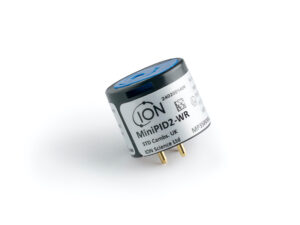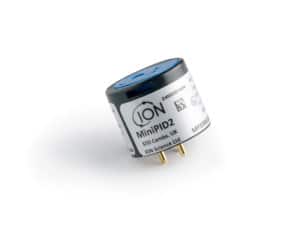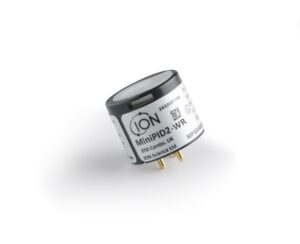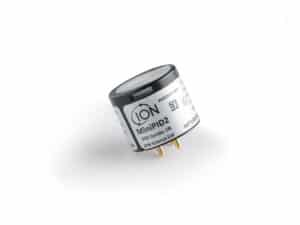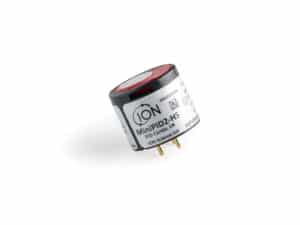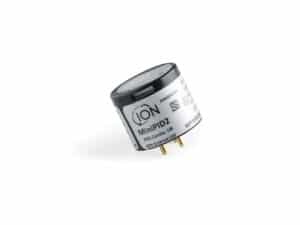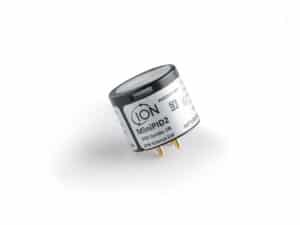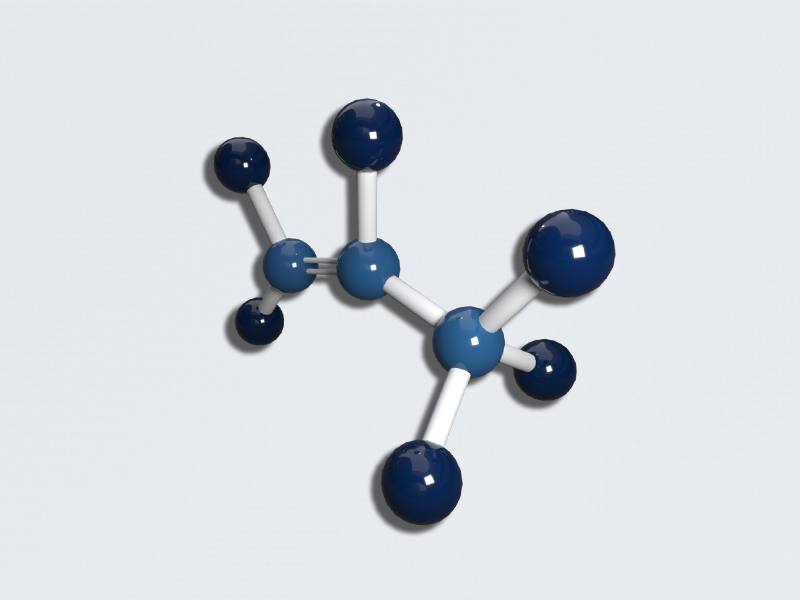
Propene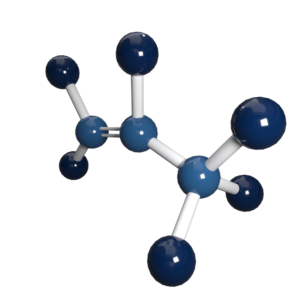
Formula: C3H6 | CAS: 115-07-1
Propene detection: Widely used as a fuel gas for high-velocity oxygen fuel (HVOF) processes. In addition, the chemical and plastics industries rely on propene as a fuel gas.
Propene detection, a general overview
Propylene also known as Propene (C3H6) is a colourless fuel gas with a naturally pungent smell. Although similar to propane, it has a double bond which gives it a combustion advantage i.e. it burns hotter. This fuel gas is extremely flammable and non-toxic. Propene is obtained during the refining of gasoline. But it can also be produced by splitting, cracking and reforming hydrocarbon mixtures.
Direct production of propene from sugars can be carried out via fermentation. Product yields are very low: the productivity needs to be improved by orders of magnitude to make this process economically viable. An alternative production pathway consists in the dehydration of 2-propanol, which is produced by reduction of acetone. The latter can be obtained via the acetone, butanol, ethanol (ABE) fermentation process, which is largely studied in the scientific and industrial community. In addition, propene can be produced from dehydration of 1,2-propanediol (either called propene glycol).
– ScienceDirect
A key ingredient in the Petrochemical Industry
Propene is one of the major building blocks of the petrochemical industry. Propene is typically obtained via two main routes: either as a co-product of the refinery catalytic cracking process used to make gasoline (resultant product known as refinery grade propylene) or as a co-product of the steam cracking process used to make ethylene (known as chemical grade propylene).
There are also a number of technologies for making propylene directly from other feedstocks. The most common of these on-purpose process routes are propane dehydrogenation and metathesis.
Gas Factsheet
Everything you need to know about propene detection
Our Gas Factsheets which is available to download below provides you with key information on the exposure limits and the locations of where potentially harmful gases can occur. We also share information on gas detection monitoring techniques and equipment that can help you manage gas detection in the workplace, for worker and site safety.

Propene detection
Formula: C3H6 | CAS: 115-07-1
Synonyms: propene, R1270, methylethylene, propylene
Related Products
Download your Gas Factsheet
Simply complete the form below to obtain your Gas Factsheet on “Propene”.


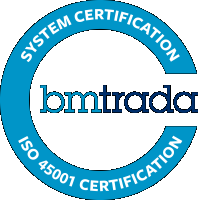
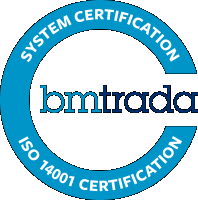
 United Kingdom
United Kingdom